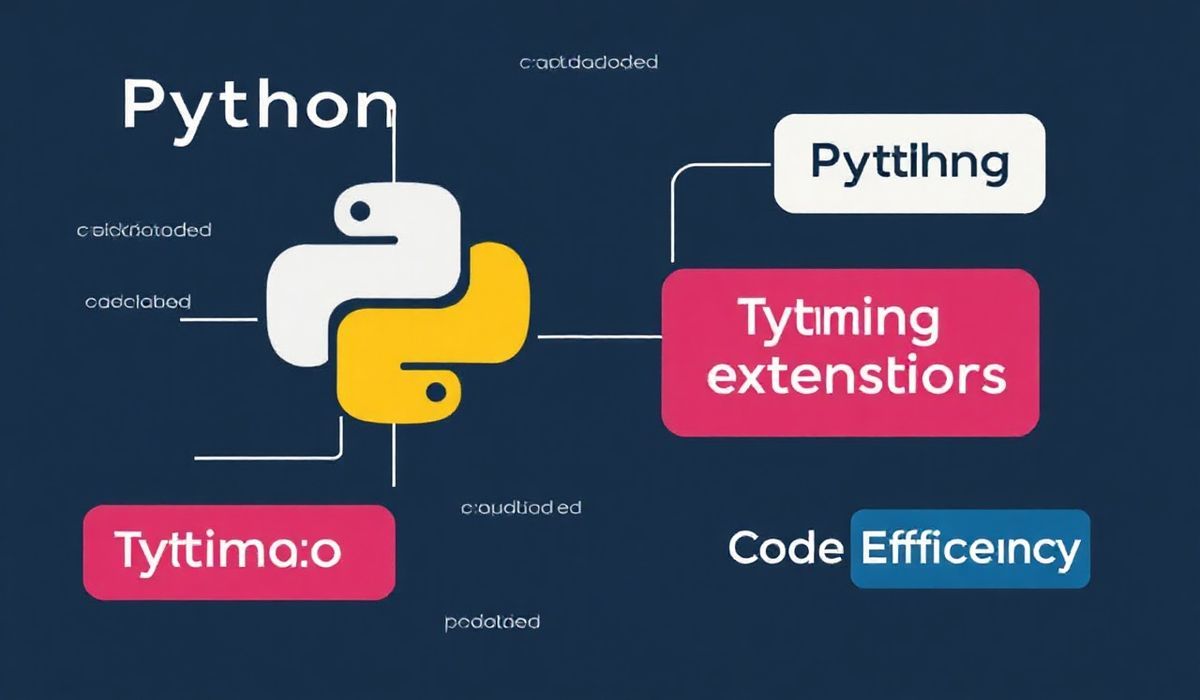An Extensive Guide to the getenv Function
The getenv function is a utility that retrieves the value of an environment variable in many programming languages. Environment variables are key-value pairs that are set in the operating system and can be used to pass configuration settings to applications.
Using getenv in Different Programming Languages
1. C
In C, the getenv function is used as follows:
#include <stdio.h> #include <stdlib.h>
int main() {
char *username = getenv("USER");
if (username != NULL) {
printf("Hello %s\n", username);
} else {
printf("USER environment variable is not set.\n");
}
return 0;
} 2. Python
In Python, you can use the os module to access environment variables:
import os
username = os.getenv("USER") if username:
print(f"Hello {username}")
else:
print("USER environment variable is not set.")
3. PHP
For PHP, you can retrieve an environment variable like this:
<?php $username = getenv('USER'); if ($username !== false) {
echo "Hello $username";
} else {
echo "USER environment variable is not set.";
} ?> 4. Java
In Java, you can use the System class to get environment variables:
public class GetEnvExample {
public static void main(String[] args) {
String username = System.getenv("USER");
if (username != null) {
System.out.println("Hello " + username);
} else {
System.out.println("USER environment variable is not set.");
}
}
} 5. Ruby
Ruby provides an easy way to access environment variables:
username = ENV['USER'] if username
puts "Hello #{username}"
else
puts "USER environment variable is not set."
end 6. Node.js
In Node.js, you can access environment variables using the process.env property:
const username = process.env.USER; if (username) {
console.log(`Hello ${username}`);
} else {
console.log("USER environment variable is not set.");
} 7. Go
For Go, the os package can be used to retrieve environment variables:
package main
import (
"fmt"
"os"
)
func main() {
username := os.Getenv("USER")
if username != "" {
fmt.Printf("Hello %s\n", username)
} else {
fmt.Println("USER environment variable is not set.")
}
} Example Application
Let’s create a simple web application that uses environment variables for configuration settings. We will use Python and Flask for this example.
from flask import Flask import os
app = Flask(__name__)
@app.route('/') def hello():
username = os.getenv('USER')
if username:
return f'Hello {username}!'
else:
return 'USER environment variable is not set.'
if __name__ == '__main__':
app.run(host='0.0.0.0', port=os.getenv('PORT', 5000))
This simple Flask application retrieves the USER environment variable and displays it on the page. It also uses the PORT environment variable to determine which port to run the server on, defaulting to 5000 if the environment variable is not set.
Hash: 8006d55e367b456b29af7cca473ee32df40eb9f3de21f389e6dab351723a3337




